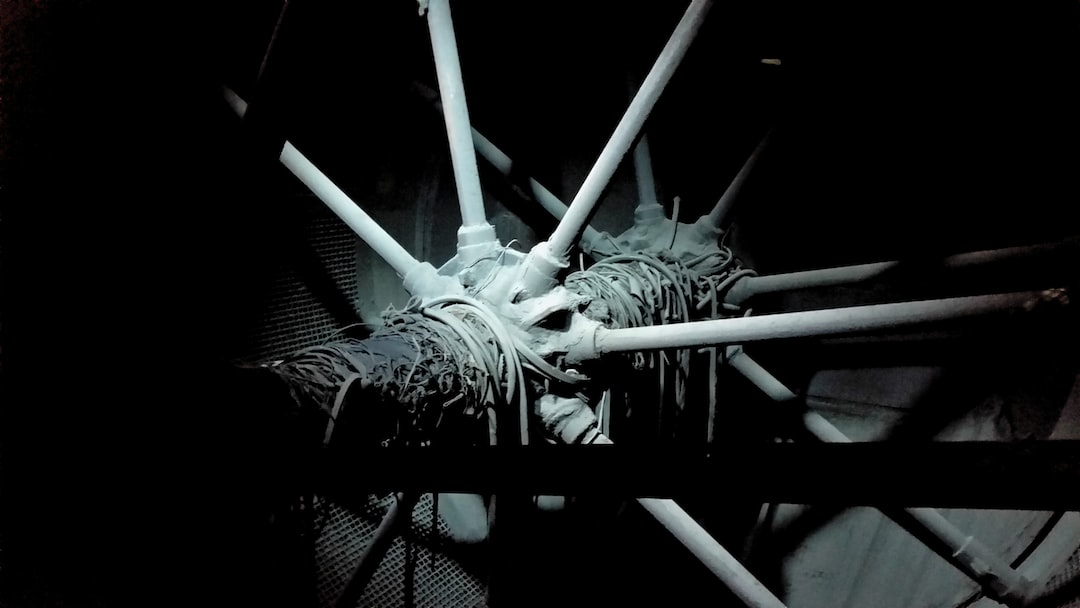Creating an energy-efficient home has become increasingly important in recent years. Not only does it help save money on utility bills, but it also reduces our carbon footprint and promotes a healthier environment. One of the key areas to focus on when designing an energy-efficient home is the electrical system. In this article, we will discuss how to create an energy-efficient home and highlight the importance of a green electrical box.
The first step in creating an energy-efficient home is to conduct an energy audit. This involves assessing the energy consumption of your household appliances and identifying areas where improvements can be made. By identifying energy-wasting devices, you can take steps to replace them with more energy-efficient options. This not only includes the major appliances like refrigerators and washing machines but also the small devices like light bulbs and chargers.
When it comes to the electrical system, upgrading to a green electrical box is crucial. A green electrical box, also known as an energy management system, helps to monitor and control the energy consumption in your home. It allows homeowners to track their energy usage in real-time and make adjustments accordingly. This smart technology helps to optimize energy consumption by identifying energy spikes and suggesting solutions to reduce the usage.
In addition to installing a green electrical box, there are several other measures you can take to create an energy-efficient home. Start by sealing any air leaks in your home, such as gaps around windows and doors. This prevents heat loss during winter and keeps cool air inside during summer, reducing the reliance on heating and cooling systems. Insulating your home properly is also essential in maintaining a comfortable indoor temperature without excessive energy consumption.
Switching to energy-efficient lighting is another effective step. Replace traditional incandescent light bulbs with LED or CFL bulbs, as they use significantly less energy and have a longer lifespan. Opting for natural lighting whenever possible, by utilizing windows and skylights, will further reduce the need for artificial lighting during the day.
Lastly, investing in energy-efficient appliances and electronics is crucial for an energy-efficient home. Look for appliances with Energy Star ratings, which are designed to conserve energy without sacrificing performance. These appliances use advanced technologies to consume less electricity while delivering the same level of functionality.
In conclusion, creating an energy-efficient home involves a range of strategies, and one important aspect is the electrical system. Upgrading to a green electrical box allows homeowners to monitor and optimize their energy consumption. Conducting an energy audit, sealing air leaks, switching to energy-efficient lighting, and investing in energy-efficient appliances all contribute to reducing energy usage. By following these steps, you can create an energy-efficient home that is both eco-friendly and cost-effective.
